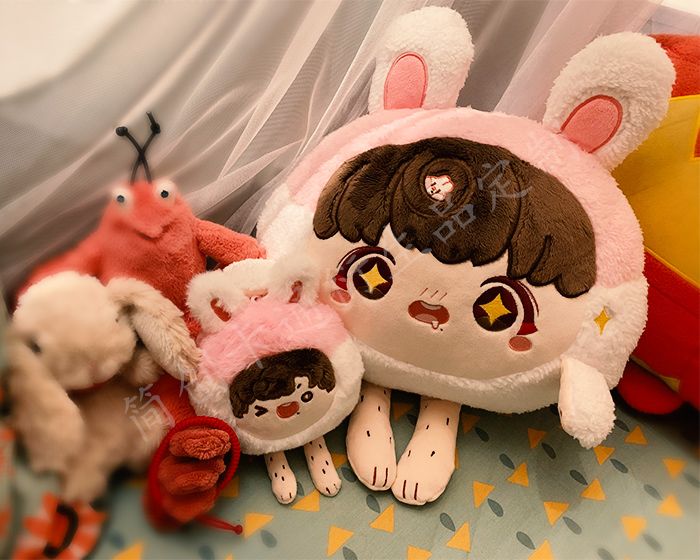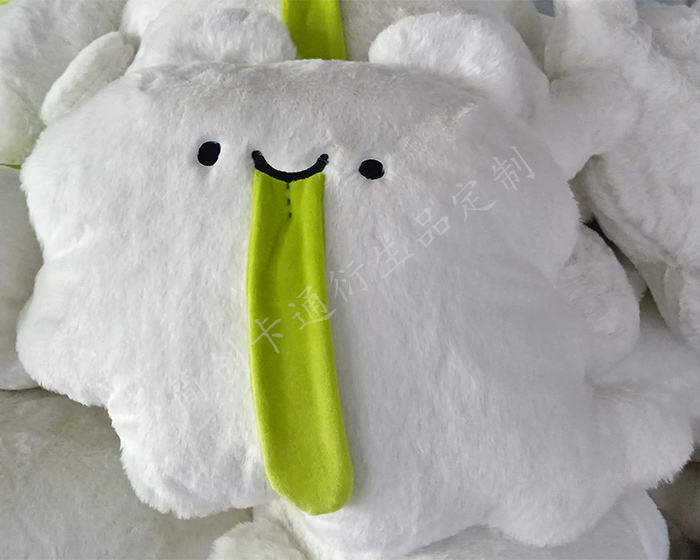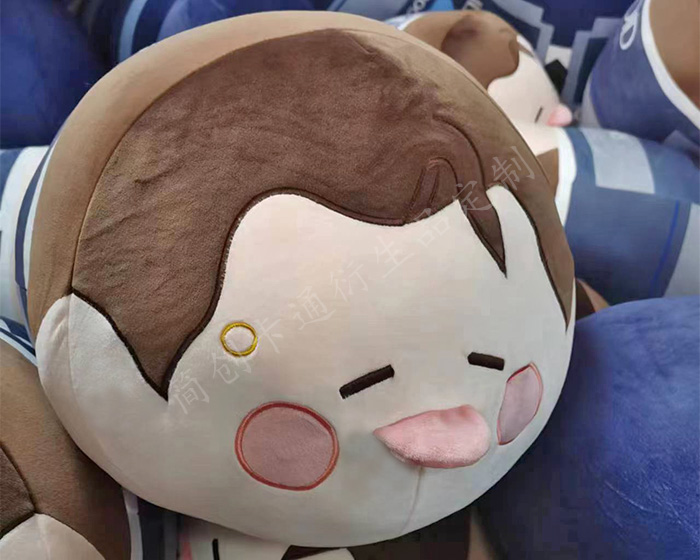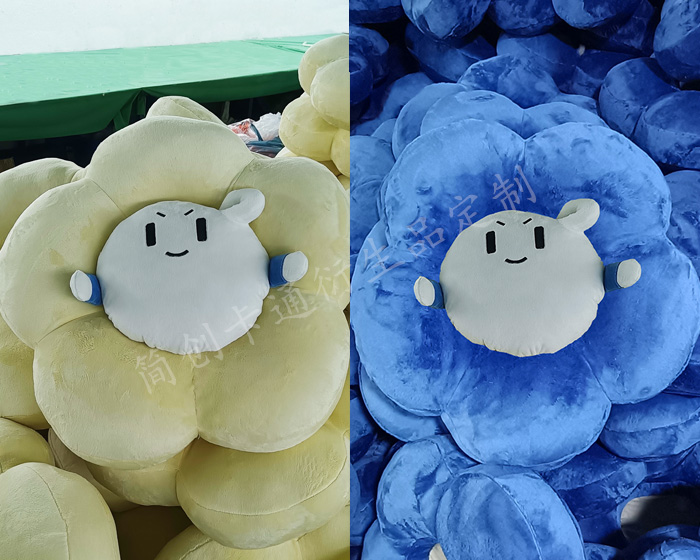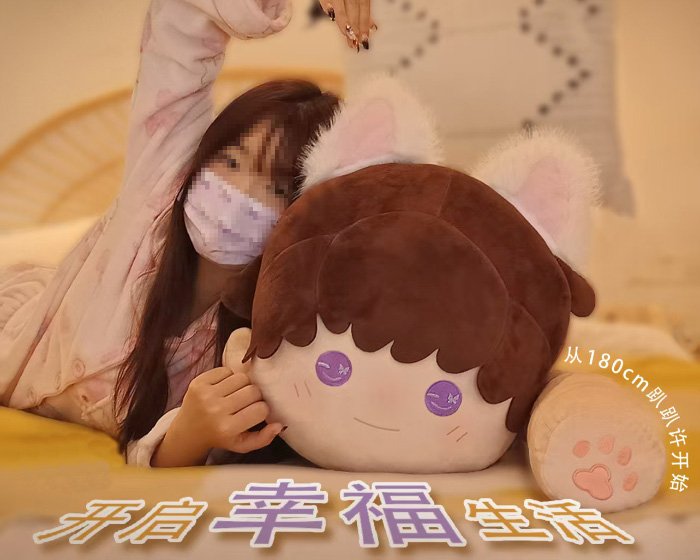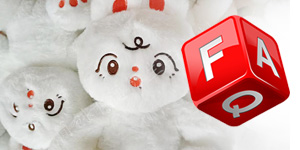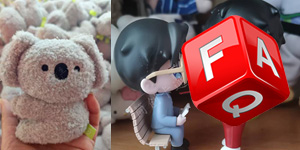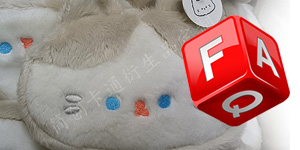Customizing pillows has become an increasingly popular way to enhance both the comfort of your sleep and the aesthetic appeal of your living space. Whether you're looking to improve your sleep quality, express your personal style, or create a thoughtful gift, a customized pillow offers the perfect blend of functionality and individuality. But how exactly do you go about customizing a pillow? This guide will walk you through the essential steps and considerations to help you create the perfect pillow tailored to your needs.
1. Determine the Purpose of Your Custom Pillow
Before diving into fabrics, colors, or fillings, the first step in customizing a pillow is to determine its primary purpose. Are you creating a pillow for better sleep support? For decorative purposes in your home? Or perhaps as a personalized gift?
Sleep Support: If you’re aiming for better sleep, consider factors like proper neck alignment, preferred sleeping position (side, back, or stomach), and any health concerns such as chronic pain or allergies.
Decorative Use: For home décor, think about the room’s color scheme, existing furniture, and overall theme. The pillow can act as an accent piece to tie the room together.
Gift or Personal Touch: custom pillows also make heartfelt gifts for housewarmings, weddings, or holidays. Adding names, dates, or meaningful quotes can make them extra special.
Understanding the main goal will guide your choices regarding materials, firmness, size, and design.
2. Choose the Right Pillow Size and Shape
Pillows come in various standard sizes, but customization allows you to select or even create a unique shape that fits your specific needs.
Common Standard Sizes:
Standard: 20” x 26” – often used in living rooms or guest bedrooms.
Queen: 20” x 30” – a good balance between size and support, ideal for master bedrooms.
King: 20” x 36” – provides ample space, perfect for those who like to spread out.
Throw / Accent Pillows: Range from 12” x 12” to 18” x 18” – great for adding decorative touches.
Custom Shapes:
Beyond rectangles, pillows can be customized into various shapes:
Lumbar Pillows: Cylindrical or rectangular, designed to support the lower back.
Bolster Pillows: Long and cylindrical, often used for side sleepers or decorative accents.
Contoured Pillows: Shaped to cradle the head and neck, ideal for sleep therapy.
Wedding Ring or Novelty Shapes: For unique gifts or themed décor.
Selecting the right size and shape ensures the pillow fits your body, bed, or sofa and serves its intended function effectively.
3. Select the Ideal Materials
The fabric of your pillow not only affects its appearance but also its comfort, durability, and maintenance. When customizing, you can choose from a wide range of materials based on your preferences and needs.
Common Fabric Options:
Cotton: Soft, breathable, and hypoallergenic. Great for sensitive skin and year-round use.
Linen: Highly durable and has a natural, textured look. Best for warm climates due to its breathability.
Velvet: Luxurious and soft to the touch, perfect for a cozy, elegant feel—ideal in cooler rooms.
Silk: Smooth and temperature-regulating. Hypoallergenic and great for skin and hair, though typically more expensive.
Polyester Blends: Affordable and easy to clean. Often used for decorative pillows due to their vibrant color options and durability.
Bamboo: Eco-friendly, moisture-wicking, and naturally antimicrobial. Soft and suitable for sensitive sleepers.
Consider factors like breathability, softness, durability, and ease of cleaning when choosing the fabric. For example, if you tend to sleep hot, opt for breathable materials like cotton or bamboo. For purely decorative throw pillows, you might prioritize texture and visual appeal over comfort.
4. Pick the Right Filling and Support Level
The filling of your pillow determines its loft (height), firmness, and support. Custom pillows allow you to choose or even mix fillings to achieve your desired feel.
Common Pillow Fillings:
Memory Foam: Contours to the shape of your head and neck, offering excellent support—great for those with neck or back pain.
Down Alternative: Made from synthetic fibers, it mimics the softness of down feathers but is hypoallergenic and easier to maintain.
Down Feathers: Luxuriously soft and highly fluffy, but may cause allergies and requires regular fluffing.
Polyester Fiberfill: Affordable and hypoallergenic. Offers moderate support and is easy to wash.
Latex: Naturally hypoallergenic, responsive, and durable. Provides good support and maintains shape well.
Buckwheat Hulls: Offers firm support and adjusts to your head shape, often used in therapeutic pillows.
You can also select the loft or thickness of the pillow—whether you want it thin and flat, medium support, or thick and plush. Side sleepers usually need thicker pillows to fill the gap between the shoulder and head, while back and stomach sleepers may prefer thinner options.
5. Add Personalized Design Elements
One of the most exciting parts of customizing a pillow is adding a personal touch. This could be through embroidery, printing, or unique patchwork designs.
Personalization Ideas:
Embroidery: Add names, initials, monograms, or small icons. Commonly placed on the corner or center of the pillow.
Printed Graphics: Custom designs, photos, or artwork can be printed directly onto the fabric. Great for themed rooms or commemorating special events.
Patches and Appliqués: Sewn-on fabric shapes or designs for a playful or artistic flair.
Quotes and Messages: Perfect for gifts, these can inspire, motivate, or add humor.
Color Schemes: Coordinate with your room’s palette or create a bold contrast for a statement piece.
When designing, ensure the text or imagery is legible and appropriately sized for the pillow's dimensions. High-resolution images work best for printed designs.
6. Consider Care and Maintenance Instructions
Custom pillows should be both beautiful and functional, which means considering how they will be cleaned and maintained.
Removable Covers: Opt for pillows with zippered or removable covers for easy washing.
Machine Washable Fillings: Choose fillings that can be safely machine washed or spot-cleaned.
Hypoallergenic Options: Especially important for allergy sufferers.
UV Protection: If placing in direct sunlight, consider fabrics that resist fading.
Always check the care label and follow the manufacturer’s instructions to ensure your custom pillow stays in great condition for years.
The following are some examples of plush pillows that our factory customizes for customers. Check out if there is one that you like best.







